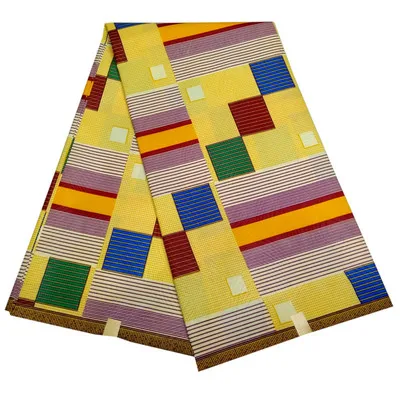

While an 1891 article describes the spectacle as simply play between the kangaroo and its handler, more exploitative matches soon followed. In what is possibly now a sore spot for the Philadelphia Zoo, the first reports of kangaroo boxing in the U.S., which broke right around the time they did in Australia speak of a kangaroo named John L. The stunt soon became a regular event at traveling shows around the country and it wasn't long before it gained popularity in the United States. The earliest reports of kangaroo boxing date back to the early 1890s with a kangaroo named Jack being forced to wear a pair of boxing gloves and spar with a man known as Professor Lindermann at the Melbourne Waxworks in Australia. Thus, somebody once thought, "Hey, let's put boxing gloves on this creature." While in the wild the kangaroo uses the claws at the end of its legs to inflict powerful kicks, the animal first grapples with and jabs at its opponent, much like a boxer would. The idea of a kangaroo boxing with a man grew out of little more than humans seeing the kangaroo's natural defense posture against other male kangaroos and finding a way to capitalize on it. The "boxing kangaroo" is exactly what it sounds like, a kangaroo wearing boxing gloves, hopping around, and throwing jabs - all while in the ring with a human male boxer nonetheless. This image has been around since the latter part of the 19th century and while it's now a beloved symbol of Aussie pride, its origins aren't exactly the sort of thing to boast about. Whether pictured on a flag being waved in the crowd or sold as a plush toy in the gift shop, the image of the boxing kangaroo has become a national symbol.


If you've been to any sort of Australian sporting event, there's a good chance that you've seen the boxing kangaroo.


 0 kommentar(er)
0 kommentar(er)
